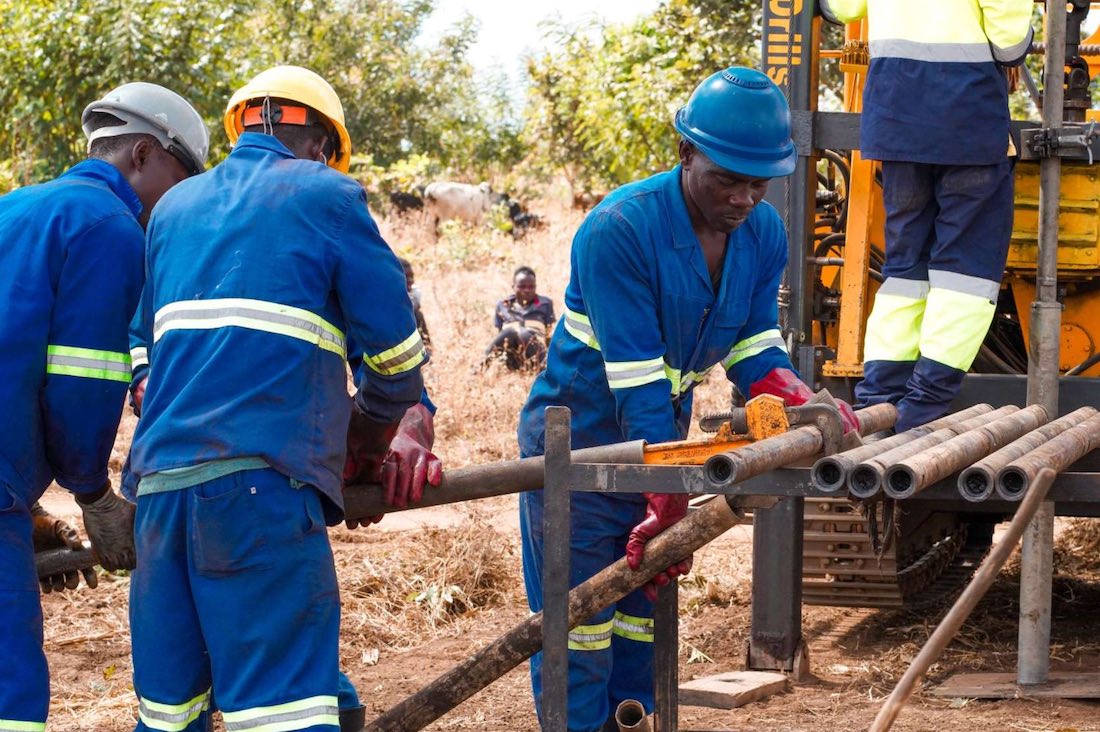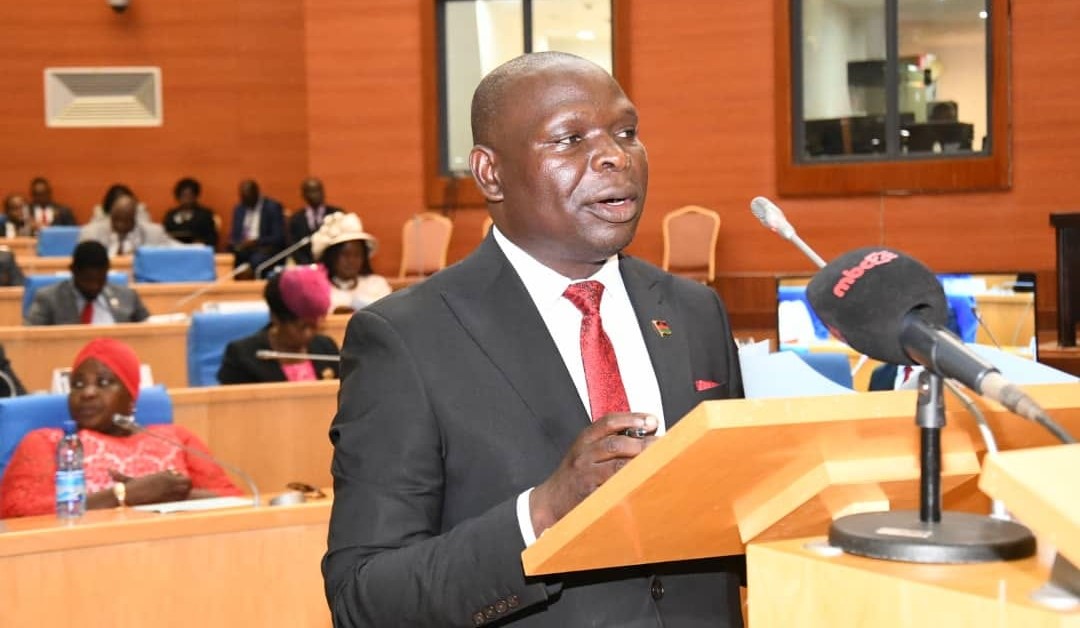Building a sustainable social security system
Recently, there has been a general discussion on Farm Input Subsidy Programme (Fisp), which has been implemented close to 8 growing seasons now. Over these years the budget allocation is always being revised upwards, making some people feel that the trend is not sustainable. Bearing in mind that, the food situation in this country has not improved proportional to the budget allocation for the programme.
In the 2013/14 budget, the programme has been allocated K60 billion out of the K638 billion. This is close to 10 percent of the total budget going to Fisp alone. This is in addition to some other subsidies like the cash transfers, the public works and school meals that have again consumed a good amount of financial resources.
Subsidies alone are not the problem per se, as world over there are people who if not supported will not manage to make ends meet. Both developed and developing countries have some form of subsidy programmes. For instance, in United States, there is Social Security which allows the poor population to access some basic necessities for their survival. Subsidies can either be in education, health, agriculture or any other sector, which is viewed essential to the nation’s development strategies. Social Security System if well crafted help to reduce the gap between the rich and the poor thereby boosting economic power of the poor which in the long run stimulates production as consumption of good and services is enhanced.
The difference between subsidies in developed and developing countries is the implementation and management. In developed countries, generally it is well targeted and managed, except in few Nordic Countries where it is universally targeted, meaning that every benefit in one-way of another. On the other hand in developing countries, subsidies are either over emphasised since they are usually political in nature or poorly managed. In some cases targeting and management is like a lottery where there is no clear target group, no clear means of management and more often every year has different people in the program. This while spreading the cake, which may politically be sound, economically it reduces impact. This may be evidenced by cases of food insecurity almost every year despite huge investment over the years.
But do Malawians need subsidies? The answer is YES; Malawians need subsidies in Health, Education and Agriculture. Integrated Household Survey 3 conducted in 2010 indicated that 50.7 percent of the slightly over 13 million people are poor. About 24 percent are extremely poor, which means they struggle to afford a meal. Statistically 10 percent of the total population is extreme poor and labour constrained.
In this case, extremely poor and labour-constrained households are characterised by food insecurity, poor dwellings and have no able bodied persons running any productive activities to support the household. These households are generally headed by elderly people, people with physical disabilities, chronically ill people or children under the age of 18 years. This is the first category, which generally benefit from subsidies. This is important because these households have children which if not supported will lead delinquent life. These households using the current population estimates are around 350 000.
Then there are those households, which are extremely poor but have labour. These are estimated to be 490 000. The extremely poor households with labour are good for labour-based programmes like public works programme. Government can benefit by utilising this available labour to clean our usually dirty streets, maintain earth roads in rural areas, clean the school and health facility surroundings, maintaining bridges, digging and building pit latrines in schools and health facilities among others. If this is done in a predictable way, it can enhance communication and living standards in rural areas. Through this, people can earn enough to buy at least two bags of partly subsidised fertilisers.
In conclusion, it is important that we prioritise our limited resources. Defining the target group and setting up a clear implementation structure will enhance the impact of subsidies. Not everyone is in need of these subsidies at this particular stage of development. If as a nation, we really want to run such programmes in a cost effective way, let us engage in a meaningful debate. There is a way out. We can do better than what we have done so far.





